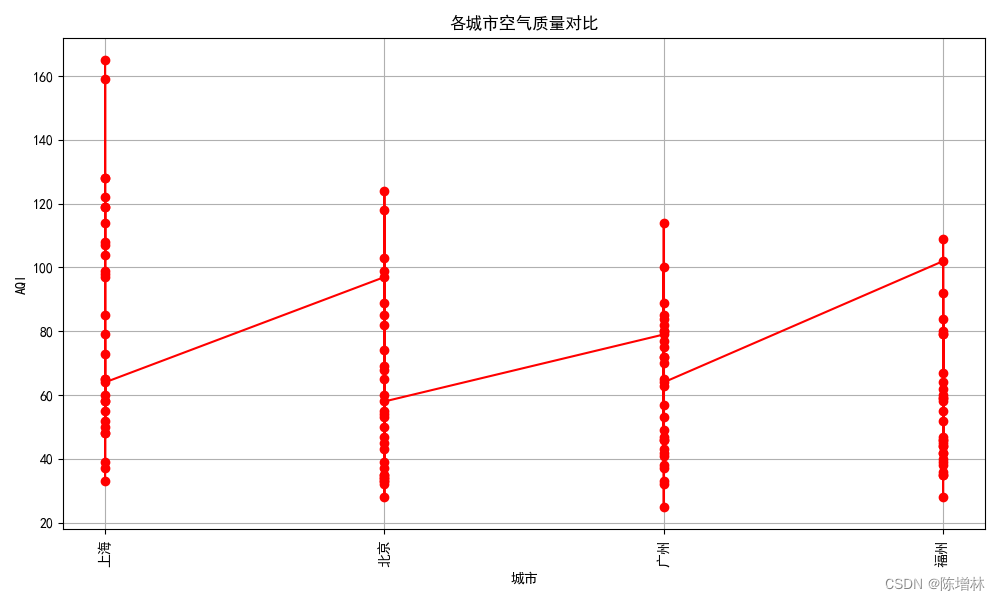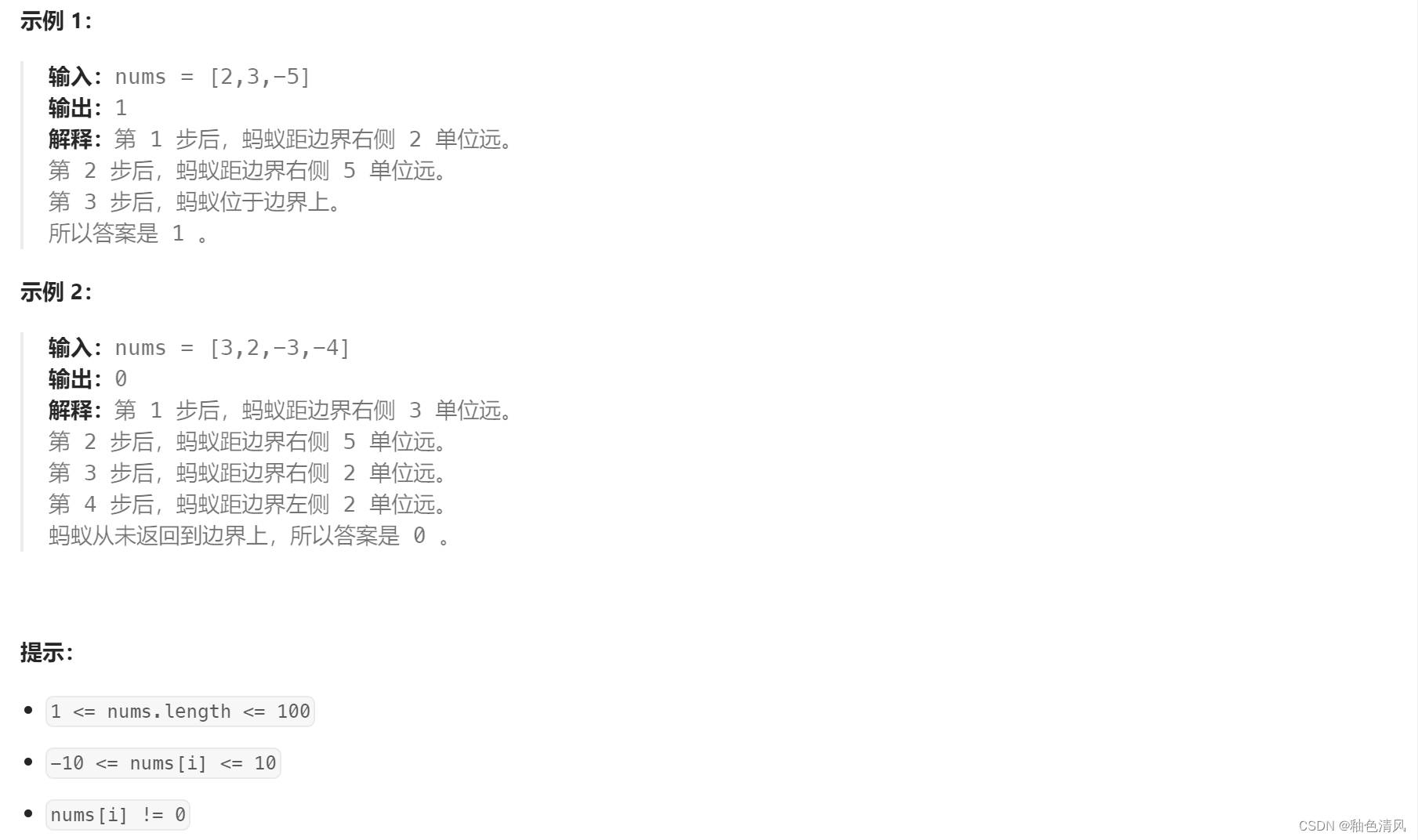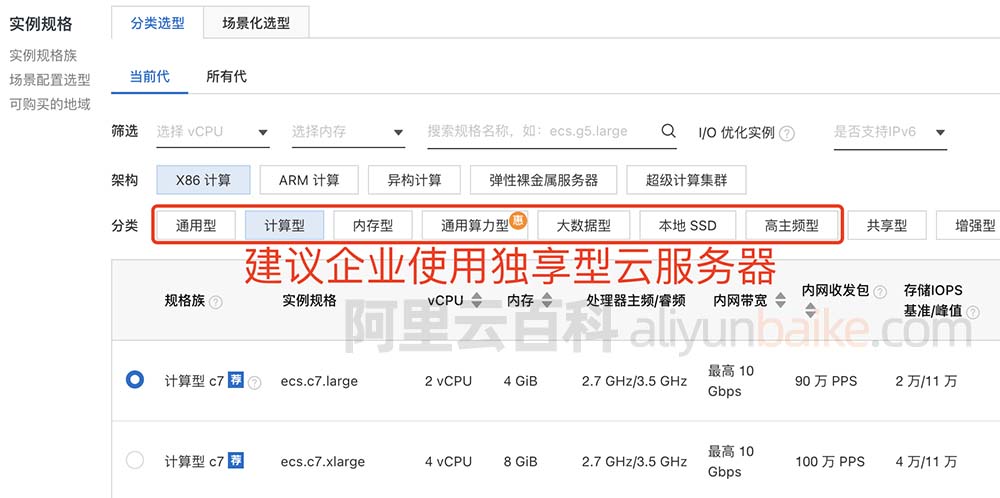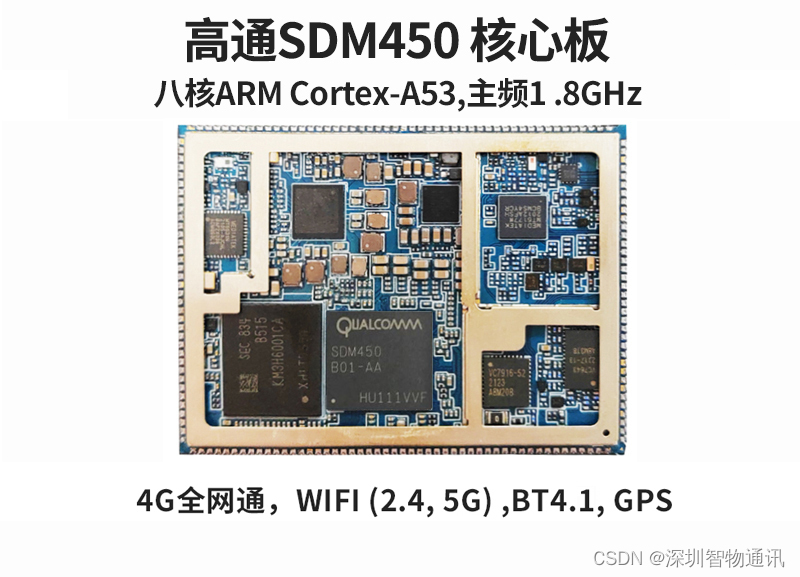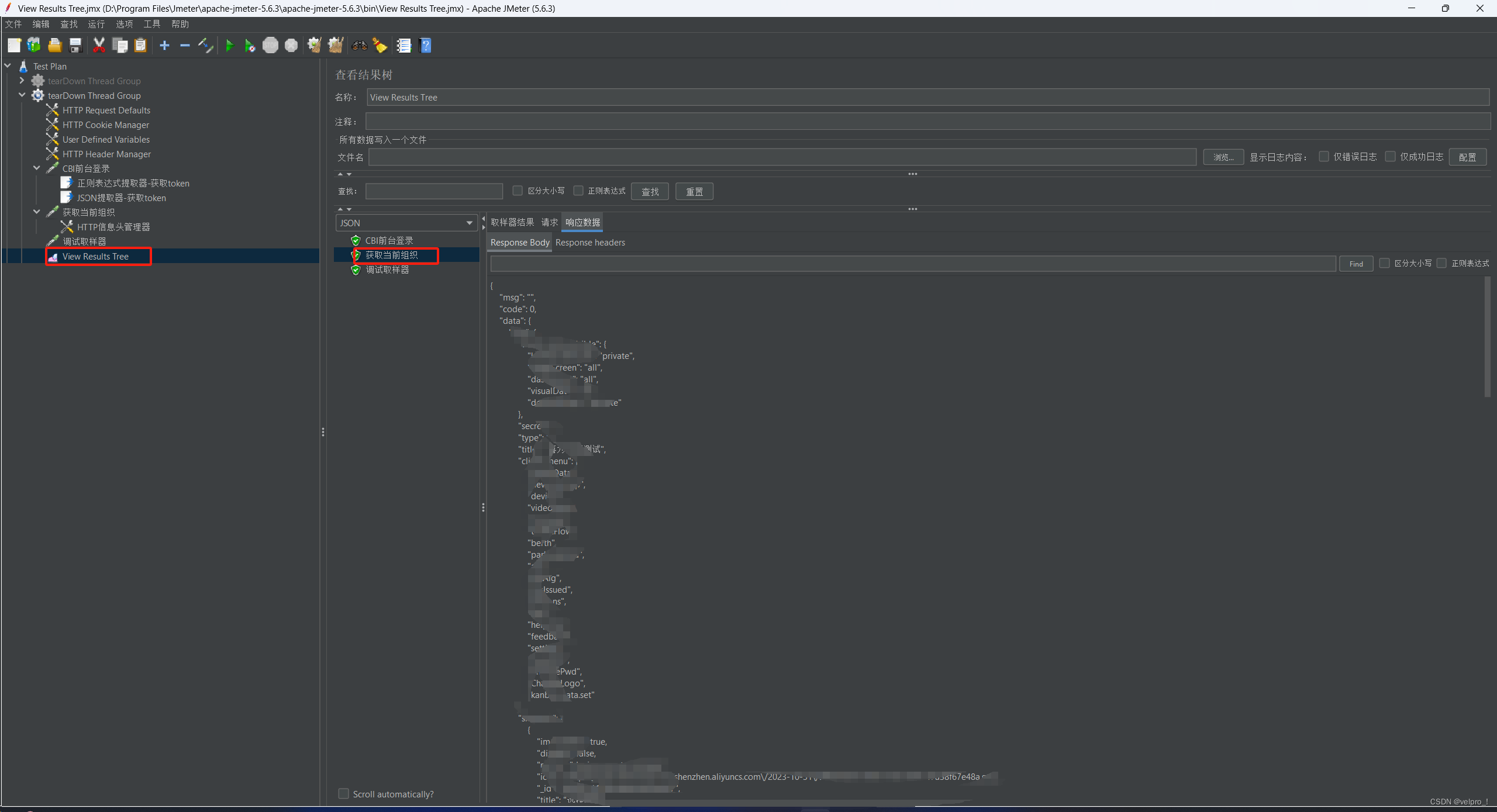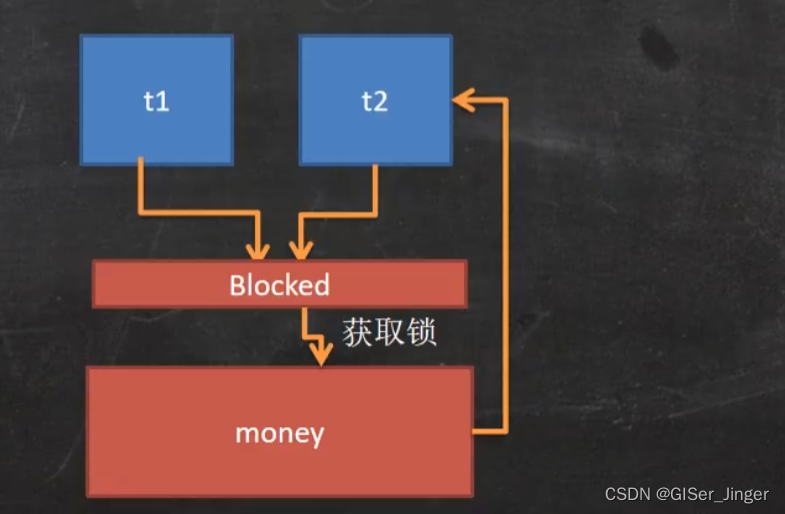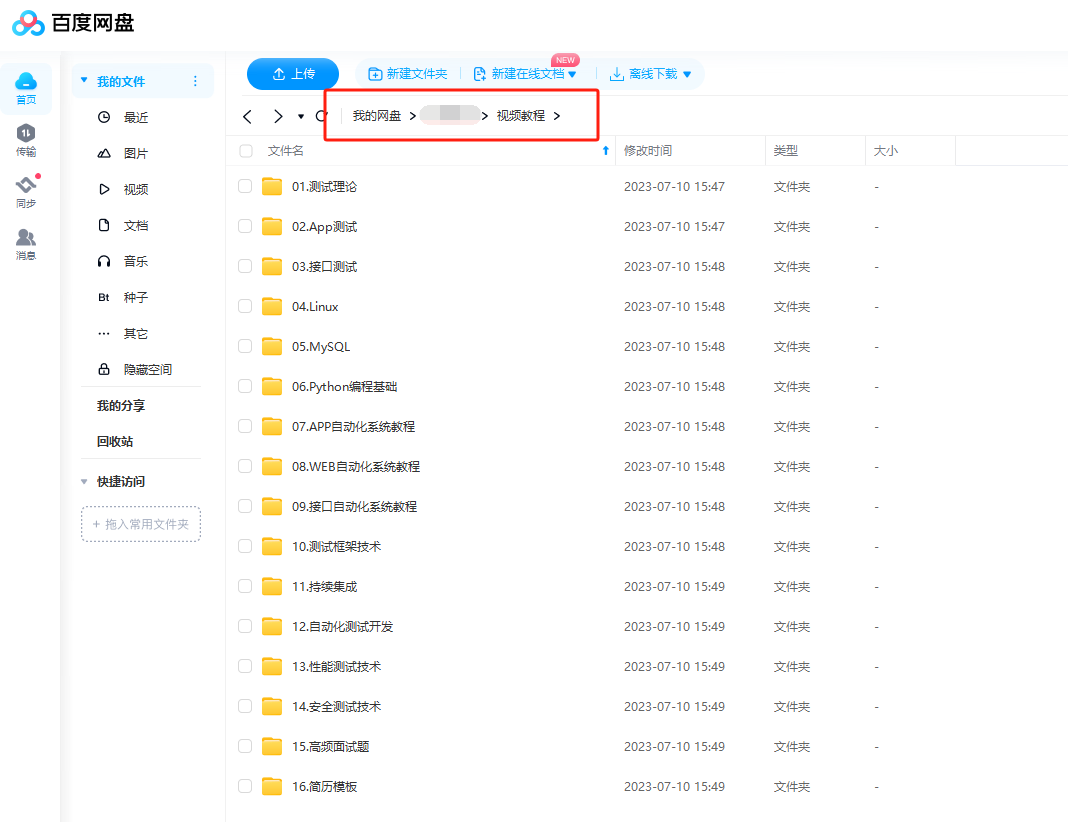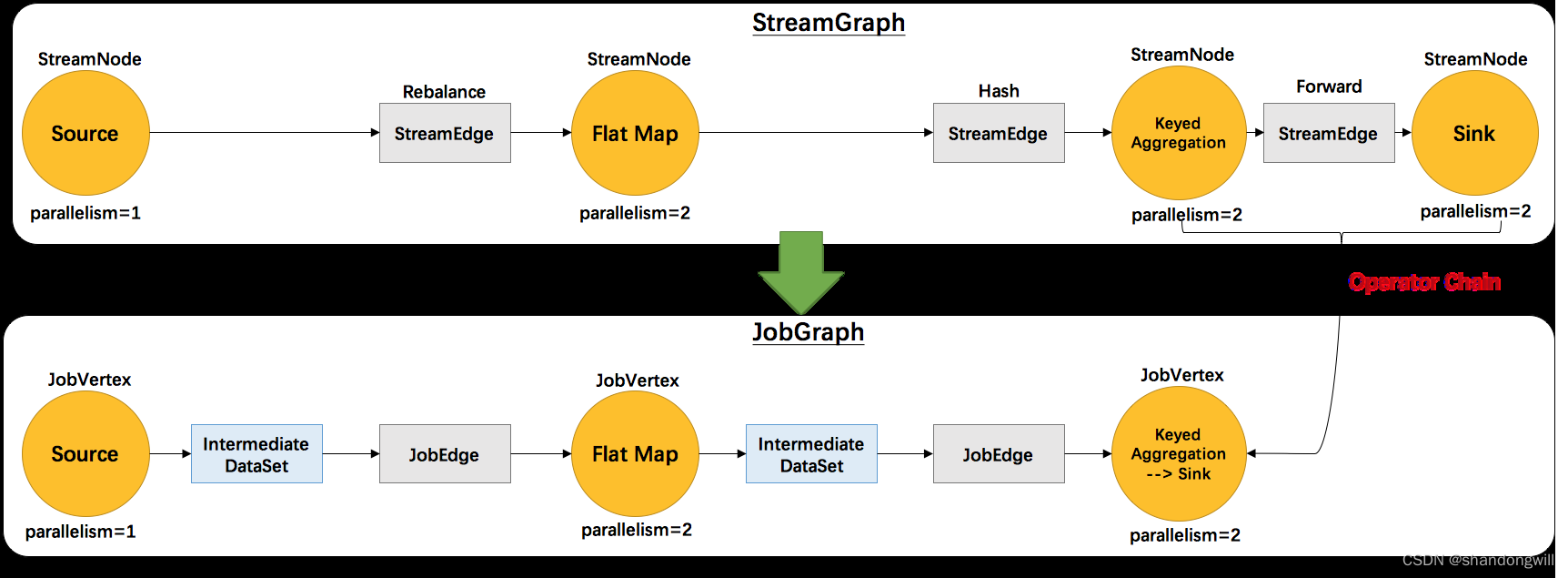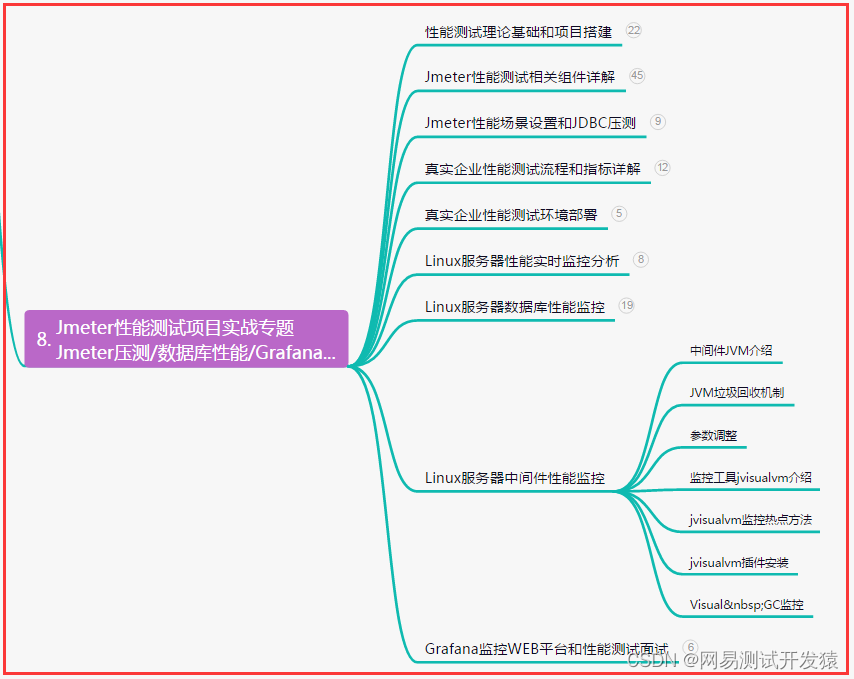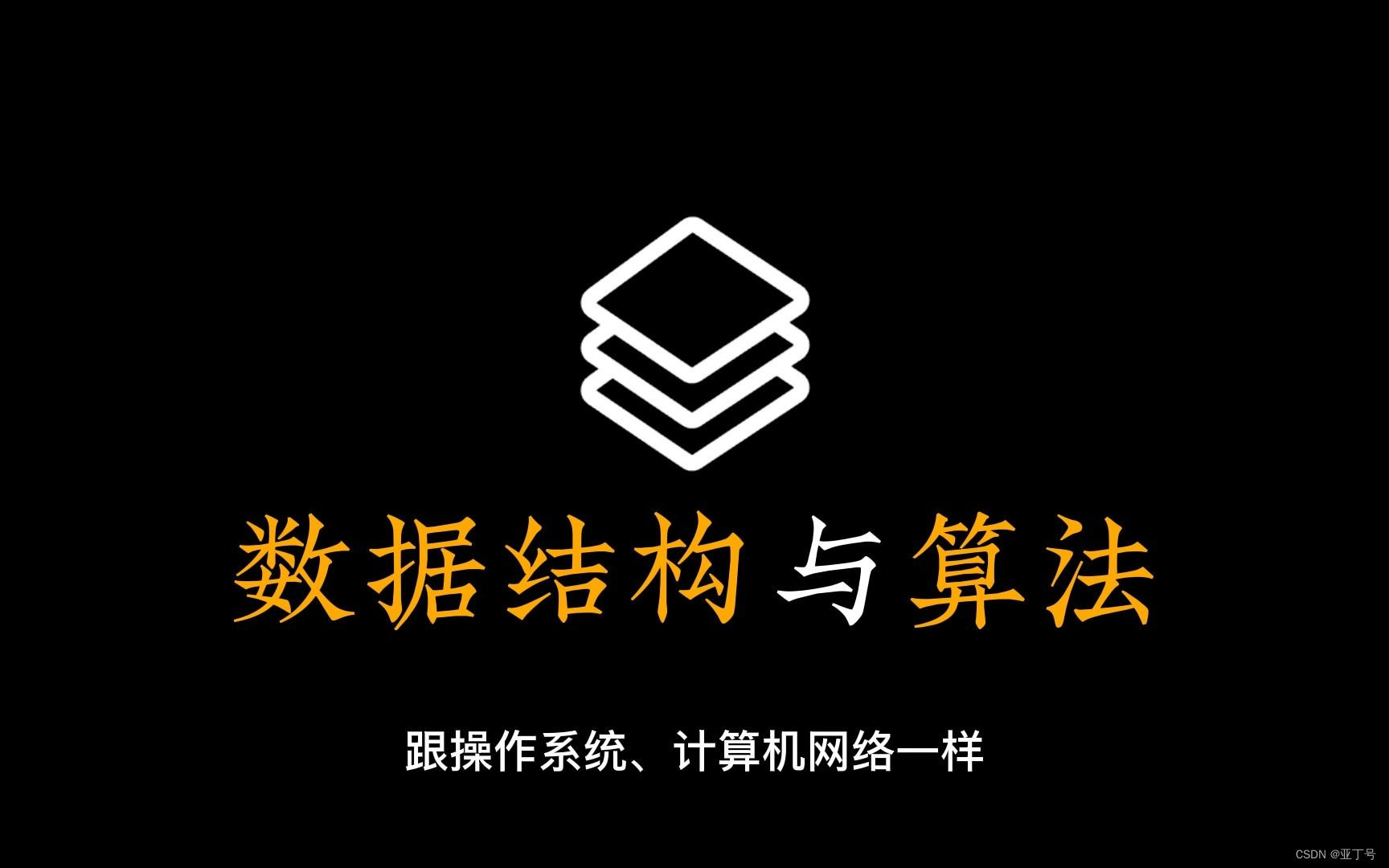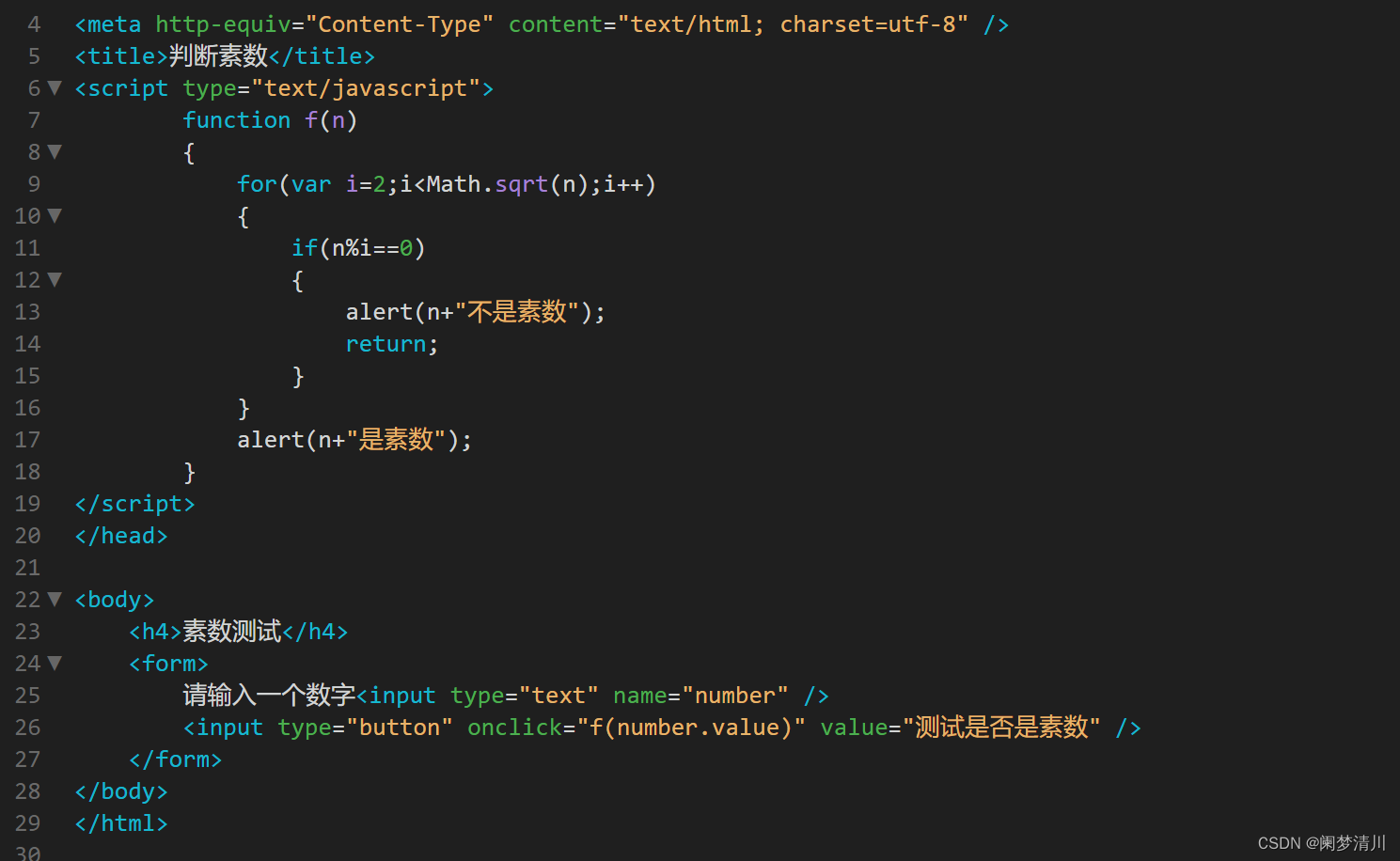matlab处理数据


自己写了关于detect_data的函数,让它帮我改了,哈哈哈
%改正前
function data_chuli(path1,savepath)
[num]=xlsread('path1',1,'B18:F23');
a = num;
b=a';
c=b(:);
xlswrite('savepath',c)
end
%改正后
function data_chuli(path1, savepath)
num = xlsread(path1, 1, 'B18:F23');
a = num;
b = a';
c = b(:);
xlswrite(savepath, c);
end

test成功!!!!

将xlsx文件转换成CSV文件方法
jupyter notebook成功,pycharm失败
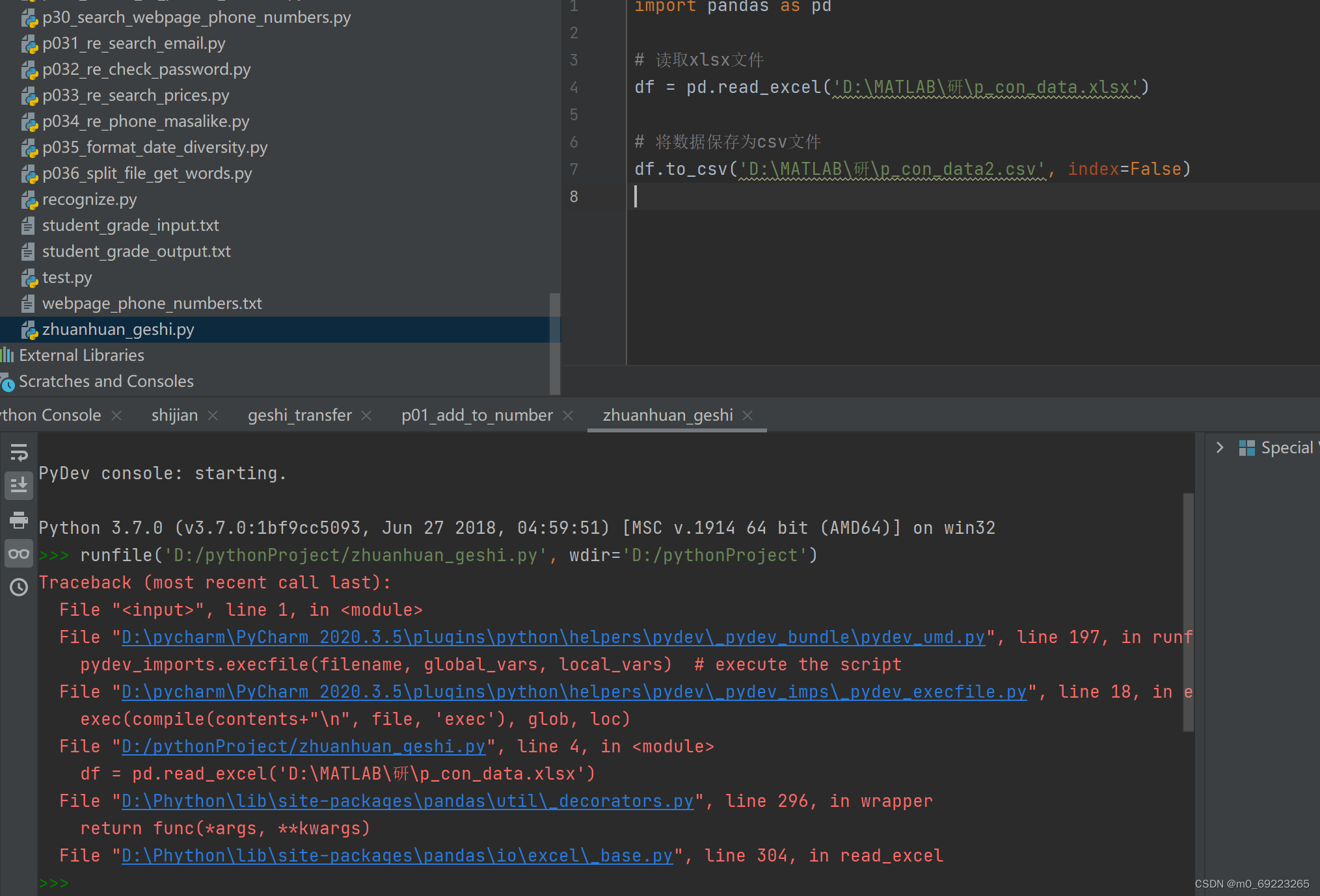

 调试问题与解决
调试问题与解决
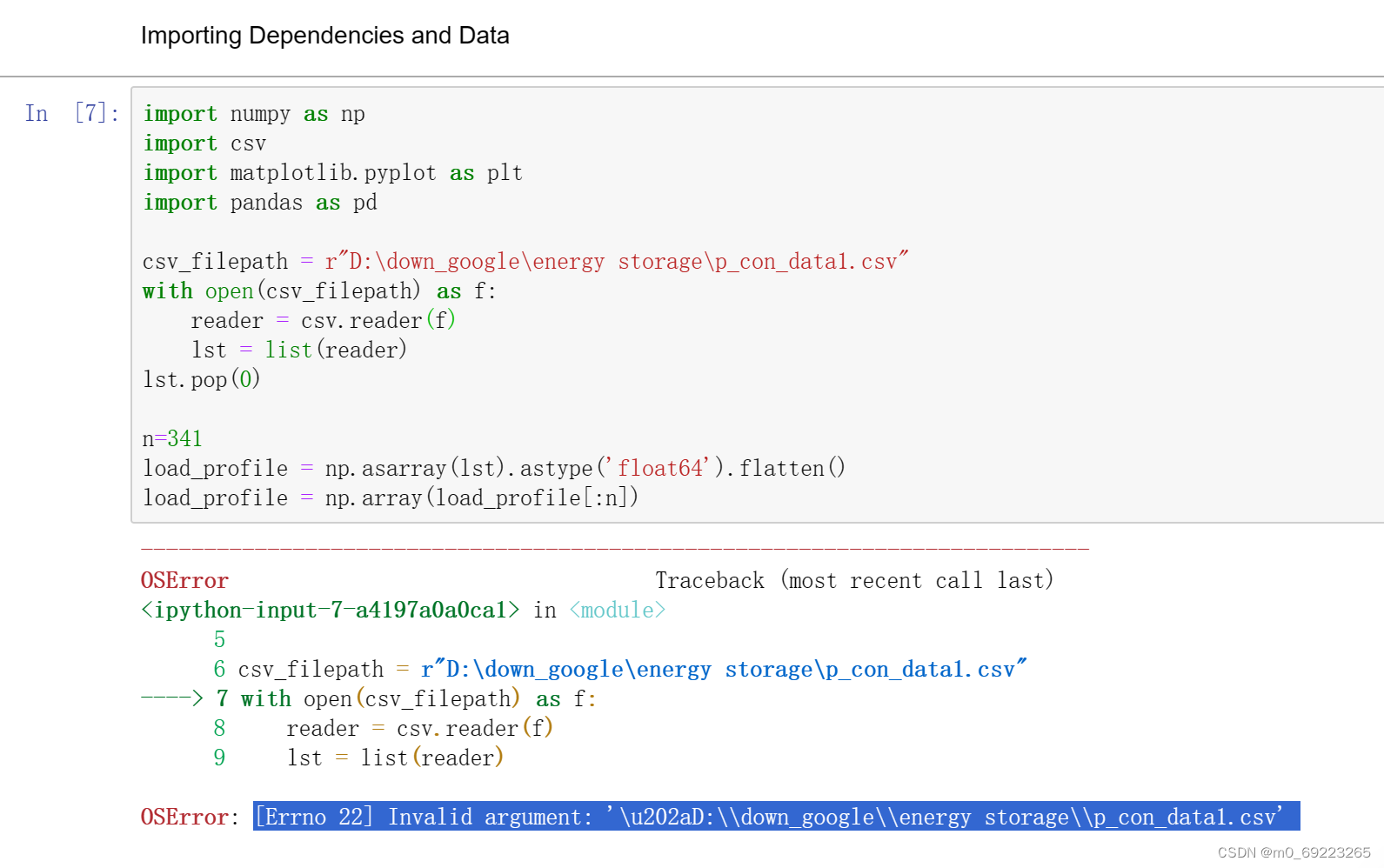
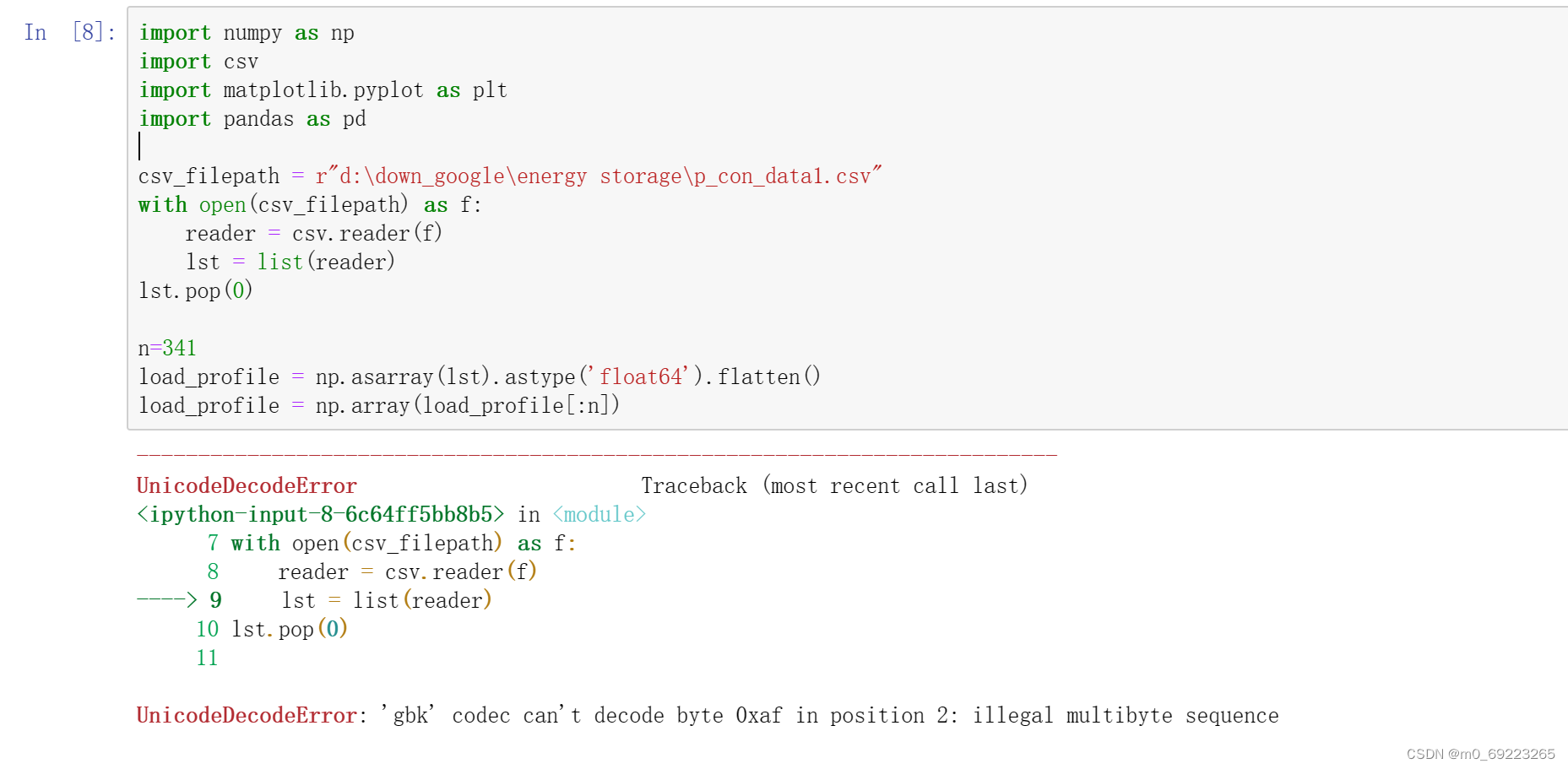
solution:python : 'gbk' codec can't decode byte 0xbe in position 18: illegal multibyte sequenc_gbk' codec can't decode byte 0xa2 in position 50: -CSDN博客
未报错,解决
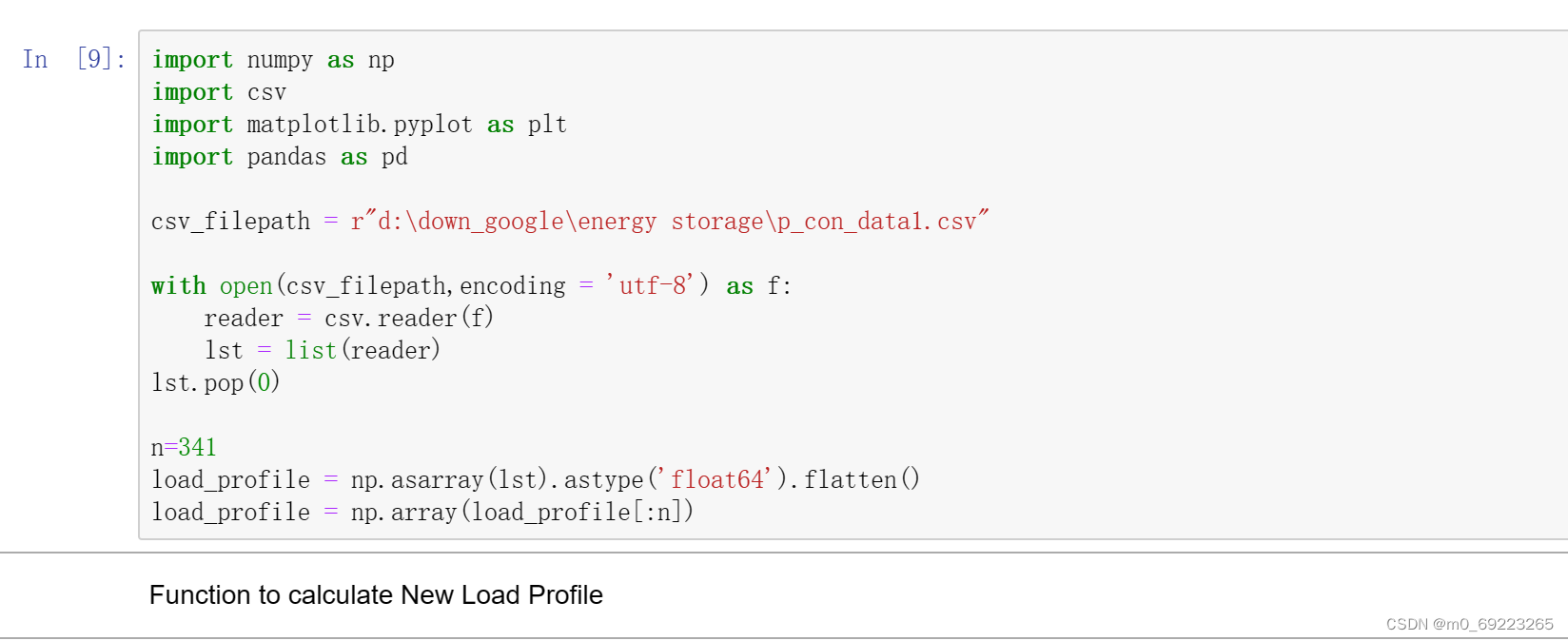
问题2

等我吃饭回来再解决。吃完了,休息一下下,来解决了!
明天要上两年的数据再看看
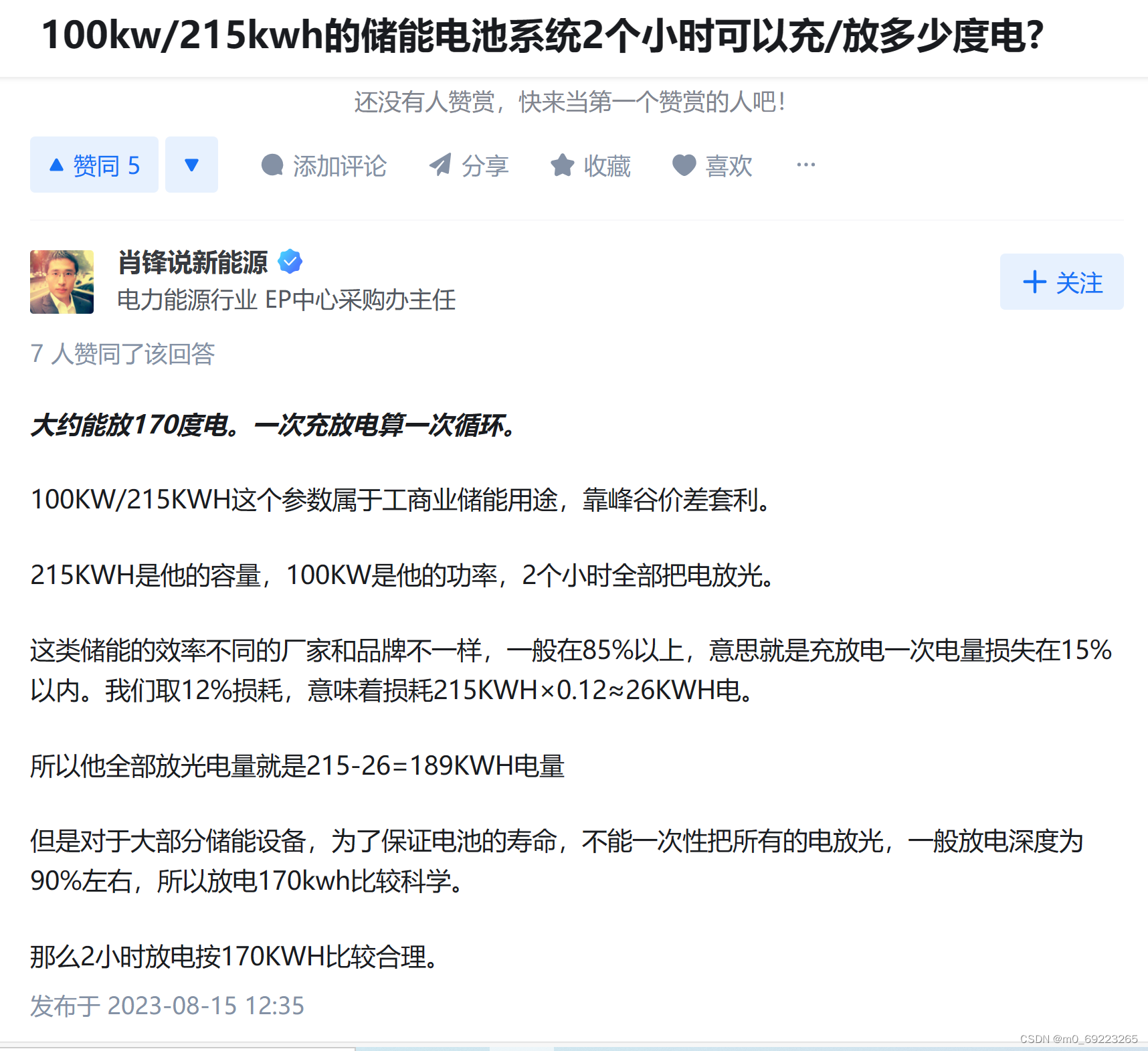
又读不懂代码了
for i in range(n):
if (load_profile[i] - threshold) < 0 :
if ess_cap >= max_cap :
new_profile = np.append(new_profile, [load_profile[i]])
ess_cap = max_cap
abs_charge = np.append(abs_charge, [ess_cap])
elif ess_cap < max_cap :
if (threshold - load_profile[i]) < charge_rate :
new_profile = np.append(new_profile, [threshold])
ess_cap += (threshold - load_profile[i])
abs_charge = np.append(abs_charge, [ess_cap])
else :
new_profile = np.append(new_profile, [load_profile[i]+charge_rate])
ess_cap += charge_rate
abs_charge = np.append(abs_charge, [ess_cap])对于循环次数范围内的每个索引i:
- if 负载曲线中第i个数据减去阈值小于0:(负载曲线 < 阈值)
- if 当前电池容量大于等于目标电池容量:
- 将负载数据加入np.append()新的充电曲线中
- 将电池容量设为目标电池容量
- 将电池容量加入np.append()绝对充电量数据中
- esif 当前电池容量小于目标电池容量:
- if(阈值减去负载数据)小于充电速率:
- 将阈值加入新的充电曲线中
- 电池容量增加 +=(阈值减去负载数据)
- 将电池容量加入np.append()绝对充电量数据中
- else:
- 将(负载数据加上充电速率)加入np.append()新的充电曲线中
- 电池容量增加 +=充电速率
- 将电池容量加入np.append()绝对充电量数据中
elif load_profile[i] >= threshold :
diff = (load_profile[i]-threshold)
if diff <= ess_cap-(0.1)*max_cap :
ess_cap -= diff
abs_charge = np.append(abs_charge, [ess_cap])
new_profile = np.append(new_profile, [threshold])
elif diff > ess_cap-(0.1)*max_cap :
new_profile = np.append(new_profile, [threshold+(diff-(ess_cap-(0.1)*max_cap))])
ess_cap = (0.1)*max_cap
abs_charge = np.append(abs_charge, [ess_cap])
return new_profile, abs_chargeif 负载曲线中第i个数据大于等于阈值:(负载曲线 > 阈值)
- 计算负载数据与阈值之间的差值diff
- if diff小于等于电池剩余容量减去0.1倍目标电池容量:
- 减去diff的容量值,更新电池剩余容量
- 将电池剩余容量加入绝对充电量数据中
- 将阈值加入新的充电曲线中
- 否则如果diff大于电池剩余容量减去0.1倍目标电池容量:
- 将(阈值加上diff减去(电池剩余容量减去0.1倍目标电池容量))加入新的充电曲线中
- 将电池剩余容量设为0.1倍目标电池容量
- 将电池剩余容量加入绝对充电量数据中
- 返回新的充电曲线和绝对充电量数据

进行综合能源系统优化调度需要以下数据:
1. 各种能源资源的供给情况,包括电力、燃气、热能等;
2. 能源系统的负荷需求数据,即各个能源设备的负荷需求情况;
3. 各种能源设备的性能参数,包括效率、启停时间、最大/最小输出等;
4. 能源价格数据,包括电价、燃气价格等;
5. 系统约束条件,如设备的运行限制、能源供给的约束条件等;
6. 优化目标函数,即需要优化的目标,如成本最小、排放最低等。综合能源系统优化调度需要综合考虑以上数据,并通过数学建模和优化算法来实现系统的最优调度。



